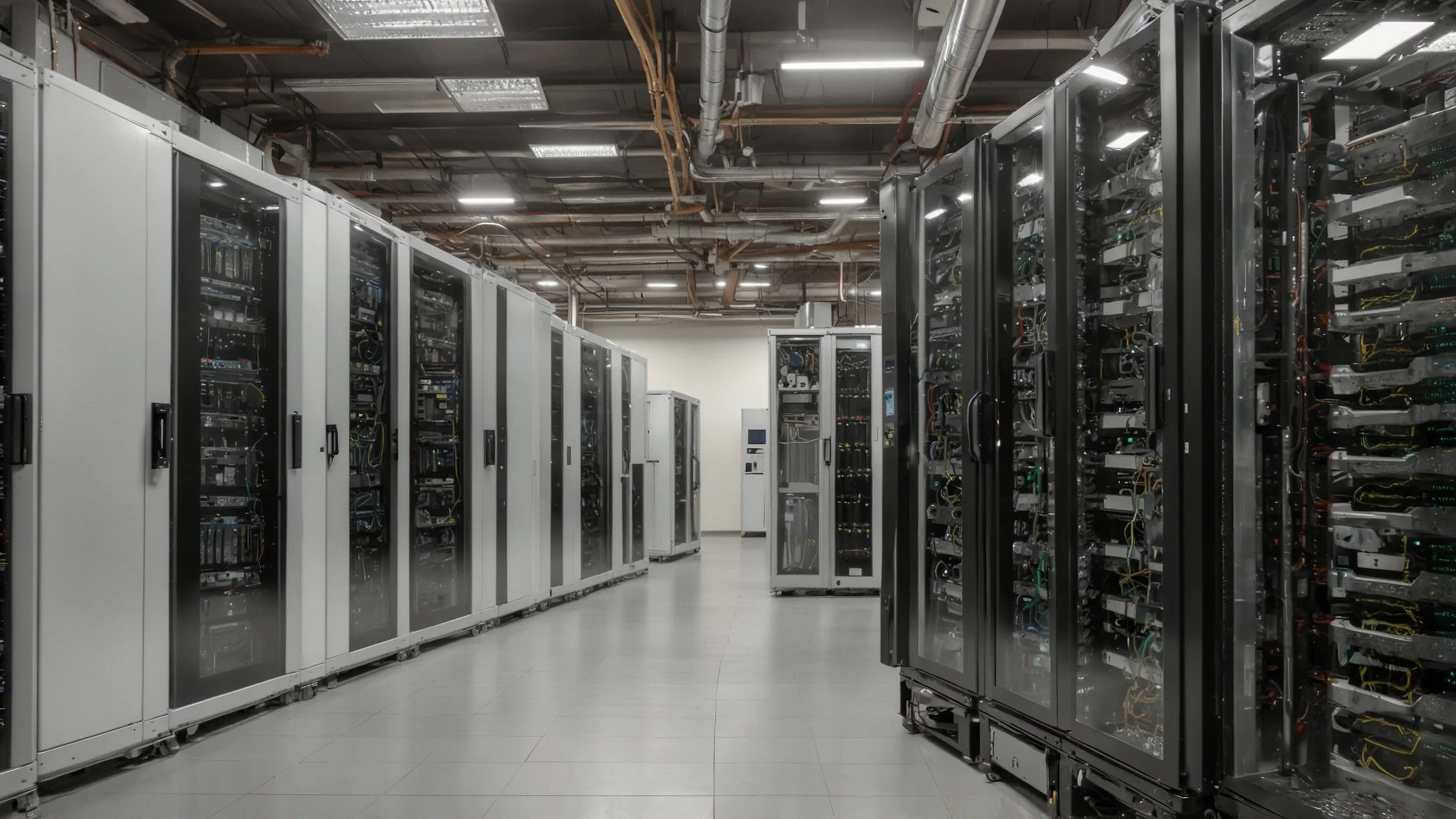AI infrastructure: key to hyper-automation in emerging industries
In the contemporary technological scenario, artificial intelligence (AI) is not merely an extra resource, but has become an essential component for the competitiveness of organizations. The article, motivated by the findings of the Uptime Institute's most recent AI infrastructure study, shows how organizations are rapidly modifying their infrastructures to meet the demands of AI-shaped hyper-automation.
IA as a strategic component
According to the research, conducted on more than 500 data center administrators globally, the Artificial Intelligence has established itself as a key element in the competitive strategy of organizations. Thirty-two percent of survey participants are already performing AI inference tasks and 45% intend to implement them in the future. This indicates that approximately 80% of organizations are implementing or preparing for the incorporation of AI, underscoring the pressing need to be ready at the infrastructure level.
Trends in AI Cargo Hosting
A key finding in the technology field is the growing trend towards hosting artificial intelligence (AI) workloads on different types of infrastructure.
Contrary to popular belief suggesting that the public cloud is the default choice for hosting these loads, the data shows a mixed picture.
The research reveals that 46% of AI workloads are hosted locally.
34% of AI loads are executed in colocation environments, which offer combined infrastructure services.
Surprisingly, only 14% of AI loads are in the public cloud, defying common assumptions.
These hosting patterns are influenced by the need for data sovereignty, which refers to control over how and where data is stored.
Another crucial factor is cost management, which affects the decision on infrastructure hosting.
The demand for real-time performance is also driving this trend, essential for applications that require immediate responses.
Organizations increasingly value the ability to retain control over their own data.
Maintaining local infrastructure allows for tighter integration with other internal systems.
Taken together, these reasons demonstrate why many enterprises choose not to rely exclusively on the public cloud for their AI loads.
The infrastructure behind hyper-automation
Hyper-automation refers to the integration of advanced technologies such as Artificial Intelligence (AI), machine learning and robotic automation into a single system. These technologies work together to automate complex and repetitive processes more efficiently and effectively.
The underlying infrastructure plays a crucial role in the success of hyper-automation.
Artificial Intelligence workloads require advanced infrastructure to handle the significant increase in energy use and heat generation.
Data centers must evolve to adapt to these new technological requirements.
A recent report highlights that racks used to train AI models have already exceeded 50 kW in 27% of cases.
As a result of this evolution, more than 50% of data centers have started to upgrade their power supply and cooling systems to handle the growing demand.
These upgrades are essential to maintain the operational efficiency and sustainability of data centers in the future.
An entity's ability to succeed in hyper-automation projects relies not only on implementing AI technologies, but also on building the appropriate infrastructure. Leaders are advised to adopt a proactive attitude and invest in scalable, high-performance environments that are capable of adapting to the increased complexity and volume of AI workloads. The warning is clear: those who fail to upgrade their infrastructure are in danger of falling behind in an increasingly automated and competitive world.






